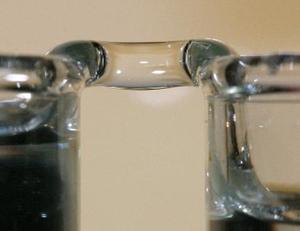Great Circuit for Highly Isolated Floating Power Supply
Every so often you have an application where you need to provide power to a circuit that is floating at high voltage. In general, isolated power supplies can be an expensive, complex endeavor. Sometimes undesirable effects, such as substantial ripple injected into the powered circuit can cause problems. In EDN Design Ideas, November 22, 2007 issue, there is a circuit for a floating power supply that can withstand a separation of 10cm between the ground section and the floating section. This flexibility can come in very handy. I might consider a changes with the bridge rectifier diodes, and I might consider some protective components if the output section is floating at a very high voltage.
For details on this excellent idea, please see EDN Design Ideas: Wireless “battery” energizes low-power devices
Labels: Floating power supplies, high voltage isolators, isolated power supplies

